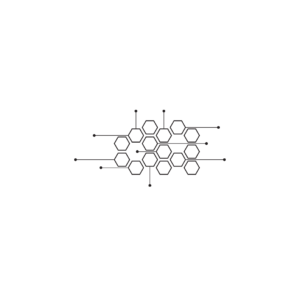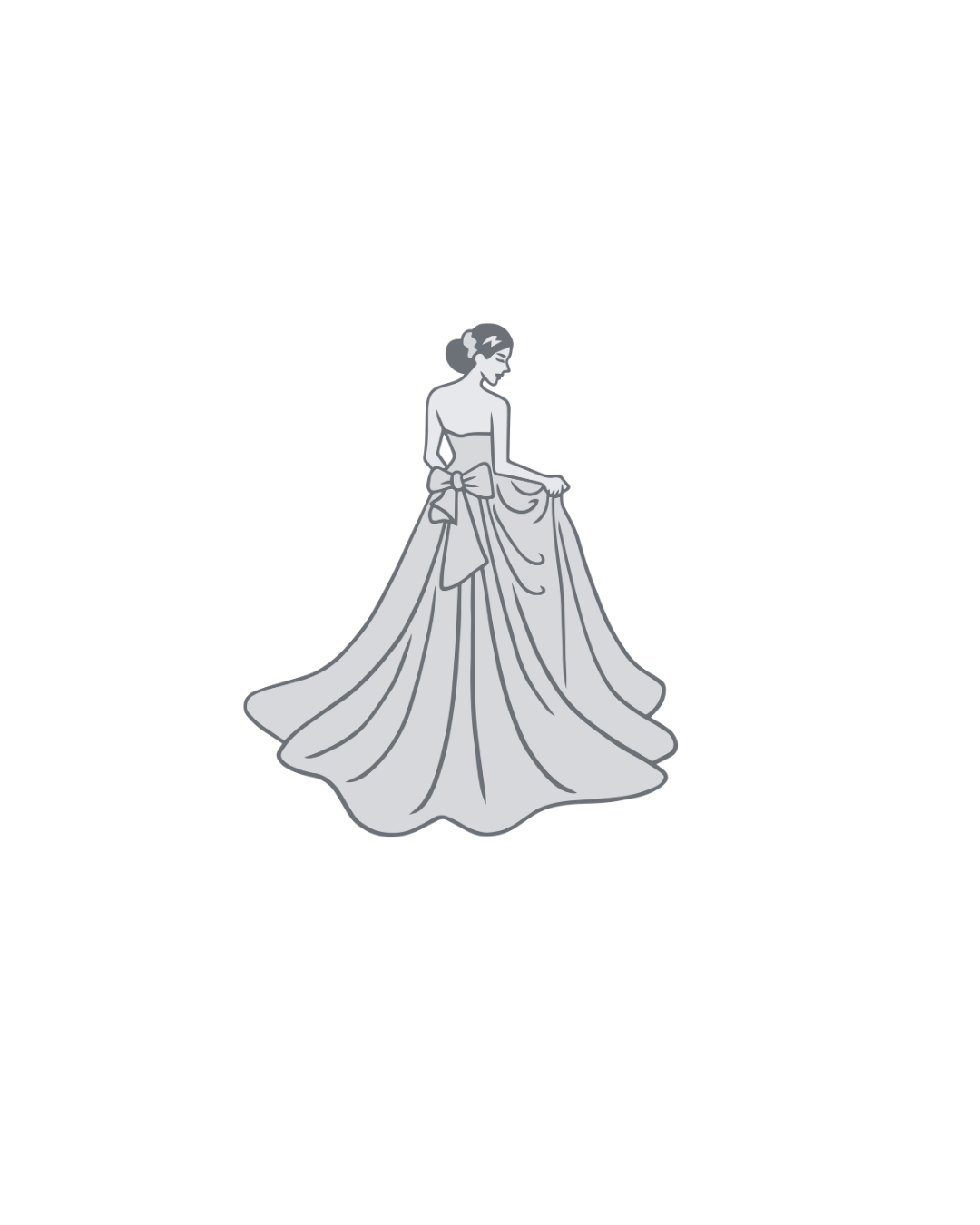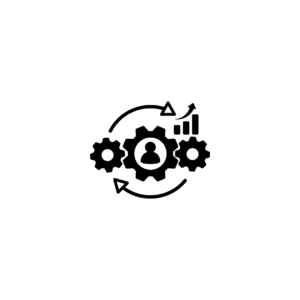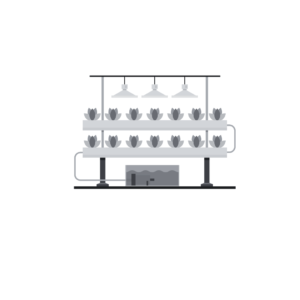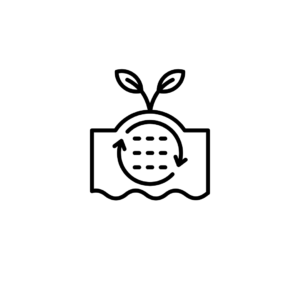Description
An Advanced Diploma in Fashion Designing is designed for individuals who aspire to build a career in the dynamic and creative field of fashion. This program focuses on developing skills in design, textiles, pattern-making, fashion marketing, and understanding fashion trends, combining both artistic and technical aspects of the industry.
Course Details:
Duration: Typically 1 to 2 years, depending on the institution and the program’s format (full-time or part-time).
Eligibility: Generally requires a high school diploma or equivalent; a background in art or design can be advantageous.
Mode of Study: A combination of classroom instruction, practical workshops, and project-based learning.
Curriculum:
The curriculum for an Advanced Diploma in Fashion Designing usually includes the following key components:
1. Introduction to Fashion Design
Fashion Industry Overview: Understanding the various sectors of the fashion industry, including design, production, marketing, and retail.
Fashion History: Study of key historical movements and influential designers that have shaped contemporary fashion.
2. Design Principles and Concepts
Elements of Design: Exploring the fundamental elements such as color, line, shape, and texture in fashion design.
Fashion Illustration: Techniques for sketching designs and presenting concepts visually.
3. Textile Science
Fabric Types and Properties: Understanding different textiles and their properties, including natural and synthetic fibers.
Materials Selection: Skills in selecting appropriate materials for various designs and understanding their care and maintenance.
4. Pattern Making and Garment Construction
Pattern Making Techniques: Learning to create patterns from original designs, including flat and draping methods.
Sewing and Construction Skills: Practical skills in garment construction, including sewing techniques and finishing methods.
5. Fashion Merchandising and Marketing
Marketing Strategies: Understanding fashion marketing, branding, and promotional strategies in a competitive marketplace.
Trend Forecasting: Techniques for predicting fashion trends and consumer behaviors.
6. Computer-Aided Design (CAD)
CAD Software for Fashion Design: Mastery of industry-standard software (e.g., Adobe Illustrator, Photoshop) for creating digital designs and technical sketches.
3D Fashion Visualization: Skills in creating virtual prototypes using CAD technology.
7. Fashion Collection Development
Developing a Fashion Collection: Skills for conceptualizing and developing a cohesive fashion collection from inspiration to production.
Presentation Techniques: Learning to present collections professionally through lookbooks, fashion shows, or digital platforms.
8. Sustainable Fashion
Sustainable Design Practices: Exploring eco-friendly fabrics and ethical practices in fashion production.
Impact of Fashion on Environment: Understanding the environmental impact of fashion and how to minimize it.
9. Business Practices in Fashion
Entrepreneurship in Fashion: Skills for starting and managing a fashion business, including budgeting, sourcing, and marketing.
Legal Aspects: Overview of copyright, trademark, and other legal issues related to fashion design and intellectual property.
10. Capstone Project
Final Project: A comprehensive project that allows students to create and present a complete fashion collection or a specific design project, demonstrating their skills and understanding of the fashion design process.
Assessment:
Assessment methods in this program may include:
Portfolio Development: Compiling a professional portfolio showcasing design projects, illustrations, and garments produced during the course.
Practical Design Projects: Developing fashion collections or individual pieces as part of coursework.
Written Assignments and Presentations: Testing theoretical knowledge and design concepts through essays and project presentations.
Career Opportunities:
Graduates of an Advanced Diploma in Fashion Designing can pursue various roles, including:
Fashion Designer: Creating clothing, accessories, and footwear for brands or as an independent designer.
Pattern Maker: Specializing in designing patterns for garment construction.
Fashion Merchandiser: Overseeing the marketing and sales of fashion products in retail settings.
Stylist: Working on photoshoots, fashion shows, or editorial projects to create looks that enhance specific themes or brands.
Fashion Buyer: Selecting and purchasing clothing and accessories for retail shops or brands.
This advanced diploma program prepares students for a successful career in fashion design, providing them with the skills, creativity, and industry knowledge needed to excel in this ever-evolving field. If you have any further questions or would like more specific information about the program, feel free to ask!




